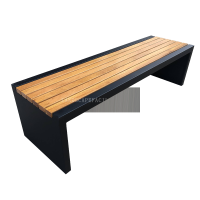Welcome to the website for landscape facilities products and knowledge.
How do manufacturers test the trash can's resistance to extreme temperatures?
Manufacturers rigorously test trash cans for extreme temperature resistance to ensure durability and functionality in diverse environments. These tests simulate harsh conditions, from freezing winters to scorching summers, to evaluate material performance and structural integrity.
One common method involves thermal cycling, where trash cans are repeatedly exposed to alternating high and low temperatures in controlled chambers. This process identifies potential weaknesses, such as cracking or warping, under thermal stress.
Another approach is static temperature testing, where bins endure prolonged exposure to extreme heat or cold. Manufacturers monitor changes in material properties, such as flexibility and strength, to ensure the product remains functional.
Advanced labs also use impact tests at varying temperatures to assess how the trash can handles physical stress when materials are brittle (in cold) or softened (in heat). High-quality bins often incorporate UV-resistant additives or reinforced polymers to withstand prolonged sun exposure.
By combining these tests, manufacturers guarantee that trash cans meet industry standards for temperature resistance, providing reliable performance whether placed in arctic cold or desert heat.
Related search:

Recommendation
Modern Stainless Steel Begonia Wood Park Chair Outdoor Courtyard Leisure Sun Protection Bench Long Seat